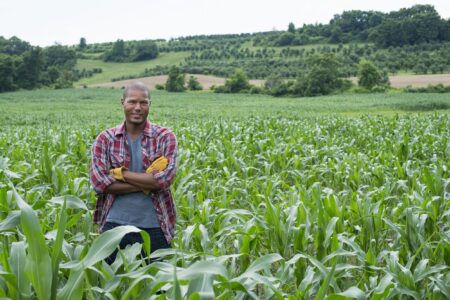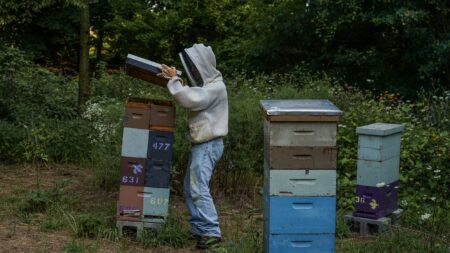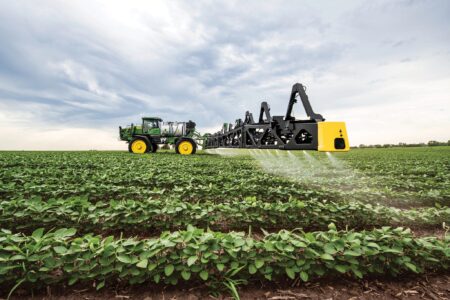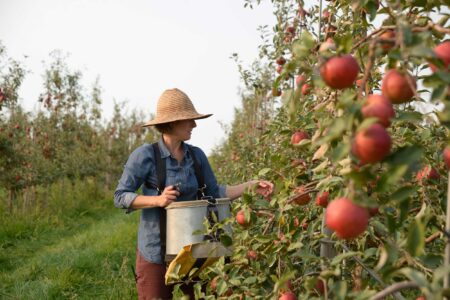It begins innocuously enough: a synthetic fiber from a fleece jacket, a scrubby bead from exfoliating soap, or a fragment from a degrading water bottle. These microscopic plastic particles (colloquially called “microplastics” or “nanoplastics”) are carried on the wind or flushed down drains, making their way through our wastewater treatment facilities. But their journey doesn’t end there.
According to a May 2025 study published in Environmental Sciences Europe, the ultimate fate of microplastics is far more complex and unsettling than we once believed. Evidence is rapidly mounting to show that these particles don’t just vanish … they infiltrate agricultural soils through treated wastewater and sewage sludge, sneakily slipping into the food system.
The research team tracked the movement of microplastics as they traveled from municipal wastewater treatment plants into agricultural fields irrigated with reclaimed water or fertilized with biosolids (a polite term for treated sewage sludge). What they found wasn’t just evidence of contamination — it was confirmation of systemic infiltration.
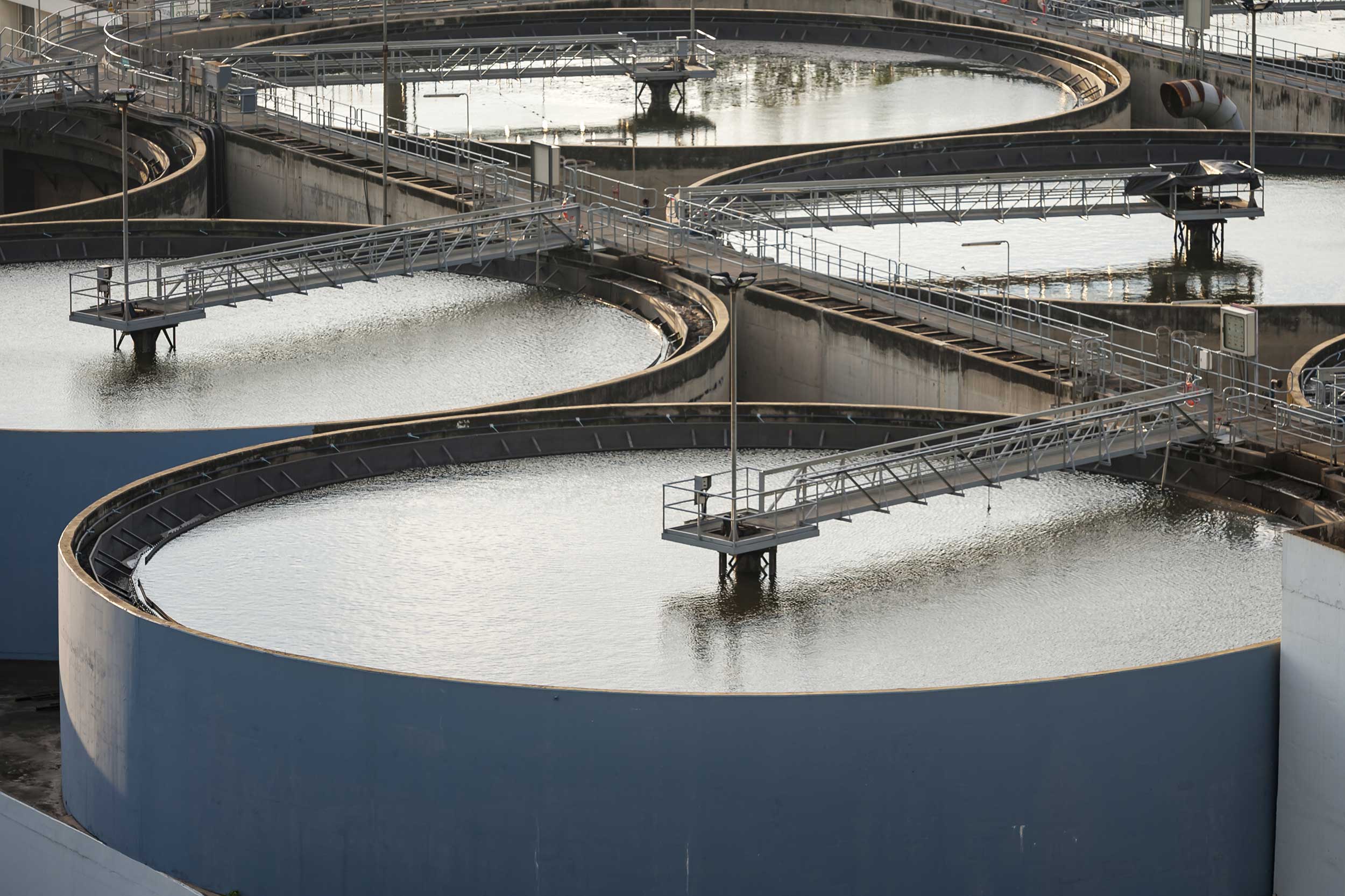
Currently, wastewater treatment plants are not equipped to completely filter out microplastics. While they can capture a portion of these particles, the remaining bulk can slip through, entering water systems used for crop irrigation. Meanwhile, other captured microplastics concentrate in sludge, which is often repurposed as a nutrient-rich soil amendment in agriculture.
The end result? A slow, steady deposition of microplastics onto farmland.
Once on agricultural fields, microplastics don’t just sit idly on the surface. They integrate into the soil matrix, embedding themselves in the rhizosphere — the critical zone where plant roots, microbes, and soil nutrients interact. This proximity to plant roots raises serious concerns: Preliminary research suggests that some microplastics can be taken up by plant tissues, potentially climbing the food chain.
The study quantified plastic loading rates across different soil types and agricultural practices. In intensive systems, especially those relying heavily on biosolid amendments and reclaimed irrigation, the accumulation of microplastics reached levels comparable to those seen in urban roadside soils. That’s a sobering benchmark.
The long-term ecological impact of microplastics in soil is still being mapped, but early evaluation indicates effects that are layered and problematic. The particles can alter soil porosity, reduce water retention, deleteriously affect worms, and disrupt microbial communities essential for nutrient cycling. In some cases, root development may also be stunted, decreasing crop load.
While not acutely toxic in the traditional sense, microplastics act like persistent biological agitators — nagging, cumulative stressors that slowly change the rules of the underground game. And while current findings on human health impacts remain inconclusive, the idea of plastics hitching a ride into our root vegetables is enough to make anyone chew a little slower.
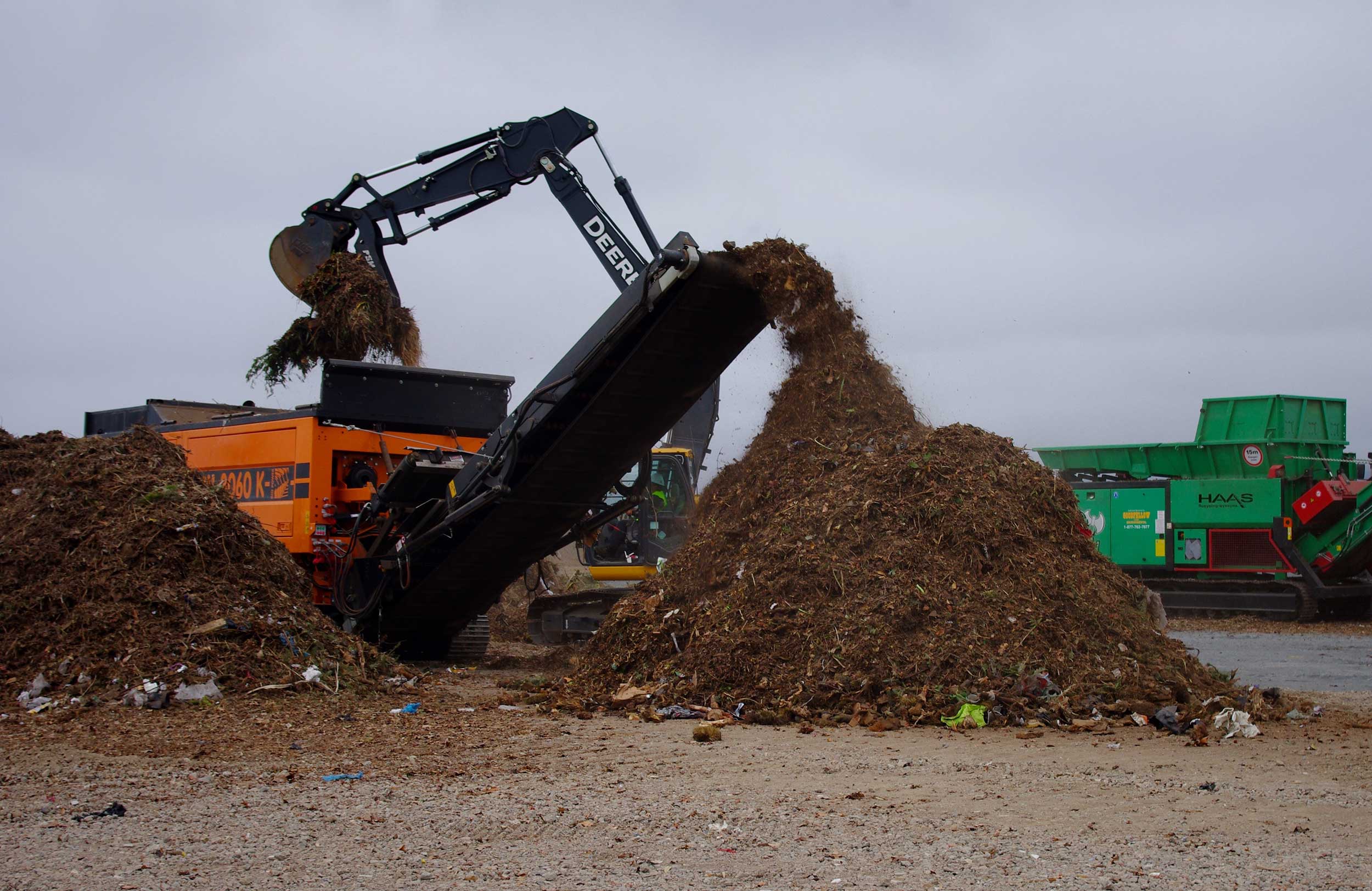

For better or worse, this isn’t a farm-level issue — it’s an infrastructural one. Wastewater treatment standards currently do not mandate comprehensive microplastic removal. Moreover, biosolid application regulations largely ignore plastic content, focusing instead on pathogens and heavy metals.
Addressing the problem means treating microplastics not just as pollution, but as a systemic contaminant moving through interconnected urban and agricultural loops. Advanced filtration technologies, public policy shifts, and stricter standards on biosolid usage are all on the table.
We often talk about sustainability in agriculture through the lens of soil health, water use, and carbon emissions. But sustainability also means knowing what’s hitching a ride in our systems unnoticed. Microplastics, small as they are, punch well above their weight in environmental persistence and pathophysiologic complexity.
If this study tells us anything, it’s that the boundary between urban waste and rural cultivation is more porous than we thought … and far more plastic.
The infiltration has begun. The question is: What will we do about it?
Leah Elson is an American scientist, author, and public science communicator. She has two pit bulls and sixty-eight houseplants.


:max_bytes(150000):strip_icc()/LukeBryanPRphoto-84e3559aa0964e42b3ad96b2132eb349.jpg)
:max_bytes(150000):strip_icc()/SMinnesota1025-2000-83ff162cd24b4b0fb5065466fe80a0d5.jpg)
:max_bytes(150000):strip_icc()/r4d092124_rrd1-5d0657ac040743a2a4c5ebf998902de0.jpg)



